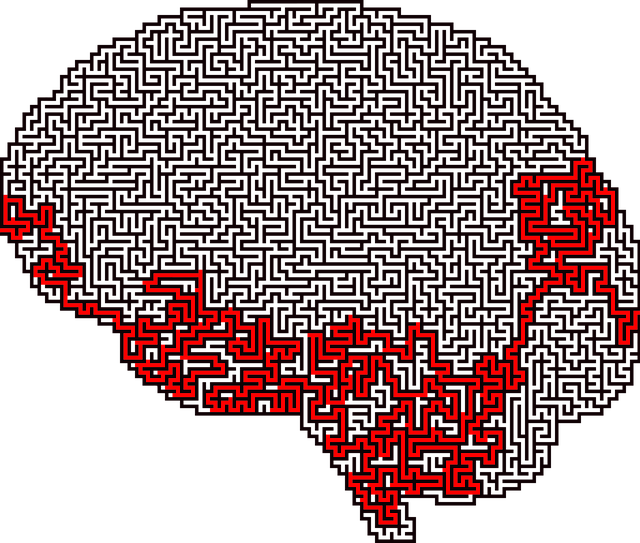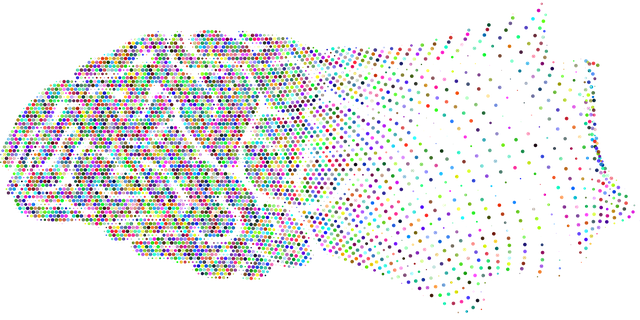Lakewood Spiritual-Religious Issues Therapy emphasizes risk assessment as a cornerstone of successful client care. Therapists identify potential harms, including trauma linked to religious beliefs, through meticulous evaluations. This process involves assessing mental wellness programs and self-awareness exercises for adverse effects. A comprehensive harm minimization plan, involving collaborations with experts, guides tailored crisis interventions. Robust strategies include self-awareness, supervision, and contingency planning to navigate complex client scenarios safely. Continuous evaluation, adaptation, and Mental Health Education Programs ensure effective risk management, fostering a culture of safety and improved therapeutic outcomes in this specialized field.
Risk assessment and harm minimization planning are essential components of responsible spiritual-religious therapy. This comprehensive guide delves into the critical process of understanding risk assessment in Lakewood Spiritual-Religious Issues Therapy, identifying potential harms and their sources, developing robust minimization plans, implementing safe practices, and continually evaluating for adaptation. By adhering to these strategies, therapists can ensure a secure environment for all clients.
- Understanding Risk Assessment in Spiritual-Religious Therapy
- Identifying Potential Harms and Their Sources
- Developing a Comprehensive Minimization Plan
- Implementing Strategies for Safe Practice
- Continuous Evaluation and Adaptation for Effective Risk Management
Understanding Risk Assessment in Spiritual-Religious Therapy

Risk assessment is a cornerstone of effective therapy, especially within the niche field of Lakewood Spiritual-Religious Issues Therapy. It involves meticulously examining and understanding potential risks and hazards associated with an individual’s spiritual or religious beliefs and practices. This process aims to ensure client safety and provide appropriate Trauma Support Services while fostering meaningful healing journeys.
By incorporating risk assessment techniques, therapists can identify specific challenges related to a client’s spiritual background, such as unresolved traumatic experiences tied to religious rituals or community dynamics. Armed with this knowledge, practitioners can tailor Stress Reduction Methods and depression prevention strategies to meet the unique needs of each individual. This proactive approach allows for a more nuanced and potentially transformative therapeutic experience in the context of Lakewood Spiritual-Religious Issues Therapy.
Identifying Potential Harms and Their Sources

Identifying potential harms and their sources is a critical step in risk assessment for Lakewood Spiritual-Religious Issues Therapy. This process involves scrutinizing various aspects of therapeutic practices to ensure the safety and well-being of clients. Mental wellness coaching programs and self-awareness exercises, integral parts of such therapy, must be evaluated for any possible adverse effects. By understanding where potential harms may originate—whether from specific activities, environmental factors, or even underlying client conditions—therapists can proactively develop strategies to minimize these risks.
Public awareness campaigns development is another facet that contributes to harm minimization. Educating both clients and the wider community about the therapeutic process, expected outcomes, and potential challenges can foster a supportive environment. This proactive approach not only empowers individuals seeking mental wellness coaching programs but also encourages open dialogue and understanding of sensitive topics related to spiritual-religious issues therapy.
Developing a Comprehensive Minimization Plan

Developing a comprehensive harm minimization plan is an integral part of risk assessment, especially when addressing sensitive topics like Lakewood spiritual-religious issues within therapy settings. This involves a multi-faceted approach that goes beyond mere identification of risks. It requires a structured framework to guide professionals in implementing effective strategies for intervention and support. A robust plan should incorporate crisis intervention guidance tailored to the unique challenges faced by individuals navigating complex spiritual-religious beliefs.
The process entails collaborating with experts, including mental wellness podcast series producers, who can offer insights into engaging and accessible communication methods. By integrating these perspectives, the plan ensures that resources are not only comprehensive but also culturally sensitive and relevant. This holistic approach aims to prevent and mitigate potential harm while promoting positive mental wellness outcomes, particularly in addressing issues like depression prevention within a nuanced religious context.
Implementing Strategies for Safe Practice

Implementing strategies for safe practice is a cornerstone of effective Lakewood spiritual-religious issues therapy. Risk management planning for mental health professionals involves a multi-faceted approach, with self-awareness exercises and regular supervision playing pivotal roles. By fostering self-esteem improvement and personal resilience, therapists can better navigate complex client scenarios while minimizing potential harm. These proactive measures ensure that the therapeutic environment remains supportive and secure, allowing clients to explore their spiritual and religious issues without fear or hesitation.
Key components of risk assessment include identifying vulnerabilities, anticipating potential triggers, and developing contingency plans. Regular self-reflection and peer consultation aid in refining these strategies, ensuring therapists remain attuned to both their own emotional states and the evolving needs of their clients. This holistic approach not only strengthens client outcomes but also promotes sustainable professional growth, particularly in navigating sensitive areas like spiritual-religious therapy.
Continuous Evaluation and Adaptation for Effective Risk Management

In the dynamic field of Lakewood Spiritual-Religious Issues Therapy, continuous evaluation and adaptation are paramount for effective risk management. This involves regularly assessing the evolving nature of clients’ spiritual and religious beliefs, as well as societal trends and cultural shifts that can impact mental health outcomes. By implementing robust Mental Health Education Programs Design, therapists foster a deeper understanding of diverse perspectives, enabling them to tailor interventions and strategies accordingly. Empathy Building Strategies play a crucial role in this process, as they help bridge the gap between therapist and client, ensuring that risk assessments remain nuanced and contextually appropriate.
Regular reassessments allow for proactive harm minimization by identifying potential risks early on. This continuous cycle of evaluation and adaptation ensures that mental health services remain responsive to the ever-changing needs of clients, promoting a culture of safety and support within the therapeutic environment. Moreover, fostering Mental Health Awareness through these adaptive practices encourages both clients and therapists to actively engage in managing risks, ultimately contributing to improved outcomes for all involved.
Risk assessment and harm minimization planning are essential components of delivering safe and effective Lakewood Spiritual-Religious Issues Therapy. By understanding the potential risks, identifying their sources, and developing comprehensive minimization strategies, therapists can ensure a secure environment for clients. Continuous evaluation and adaptation are key to managing these risks effectively, allowing for the evolution of best practices in this therapeutic setting.












